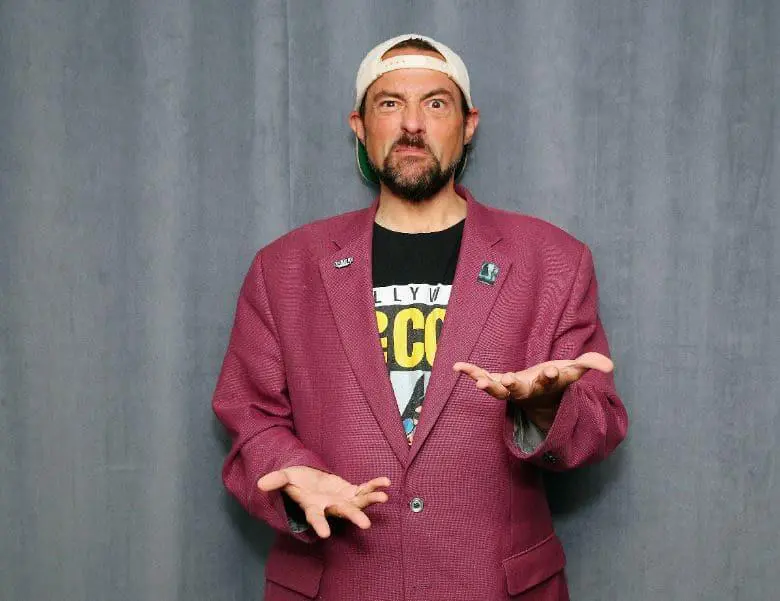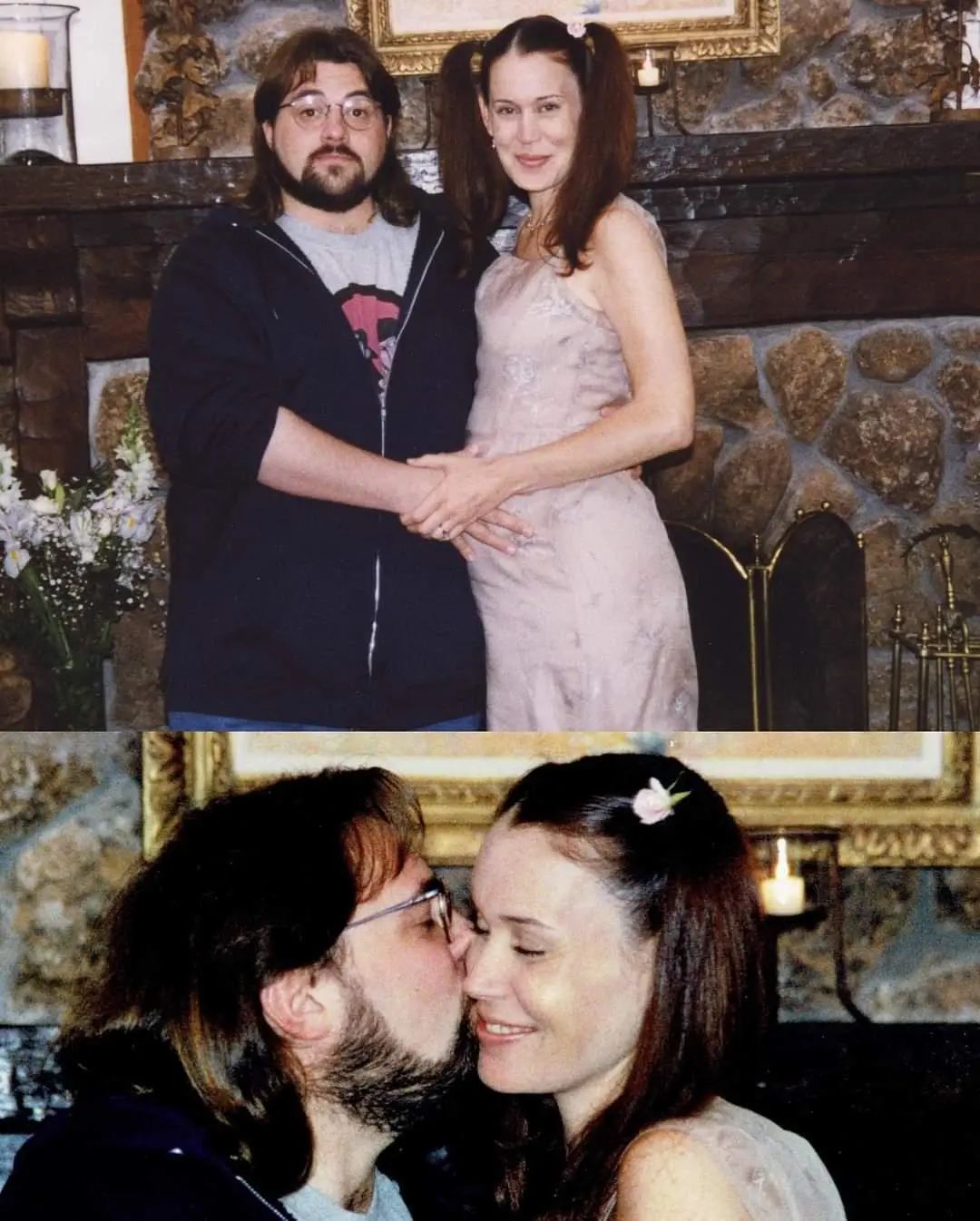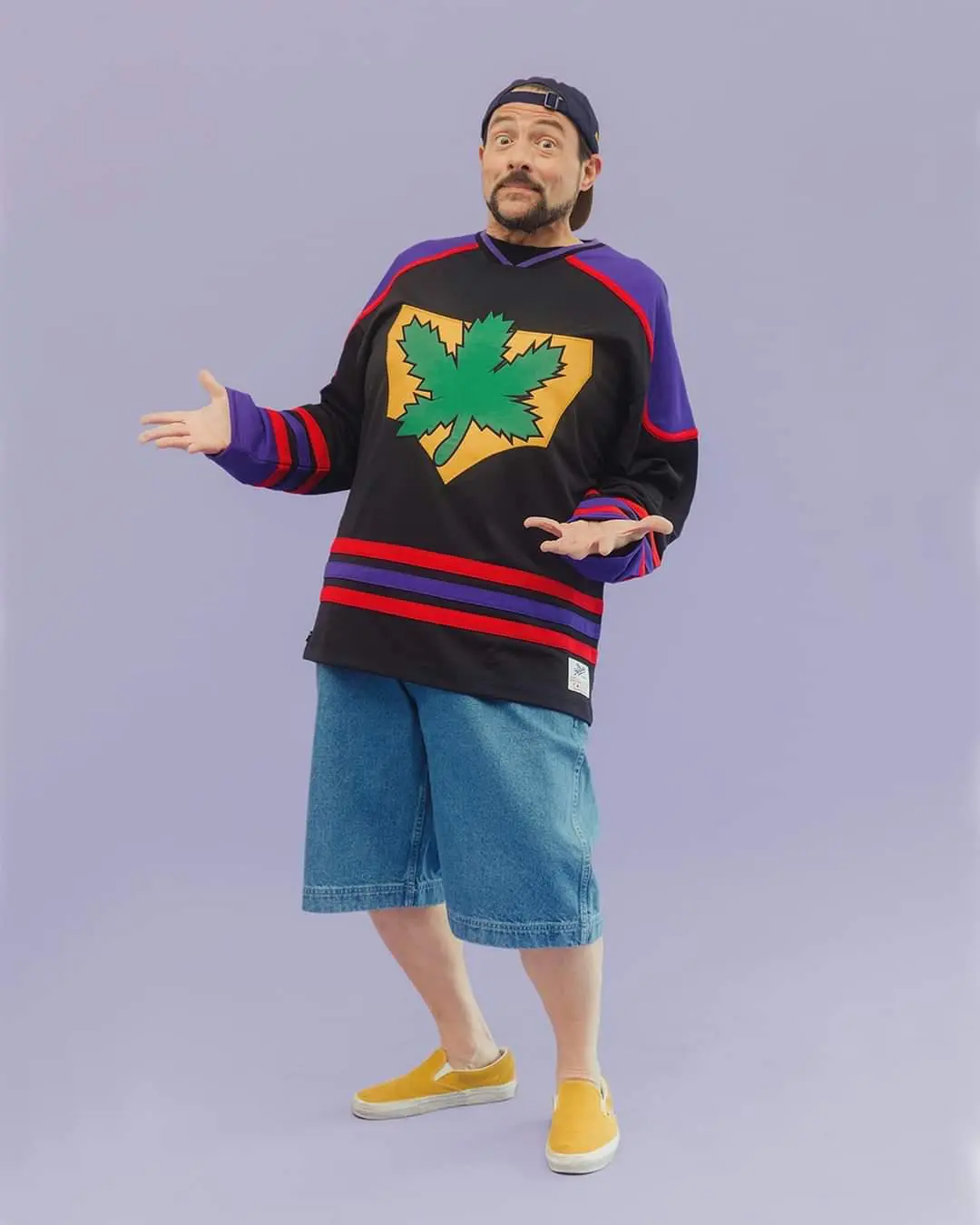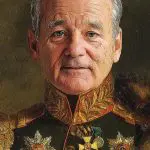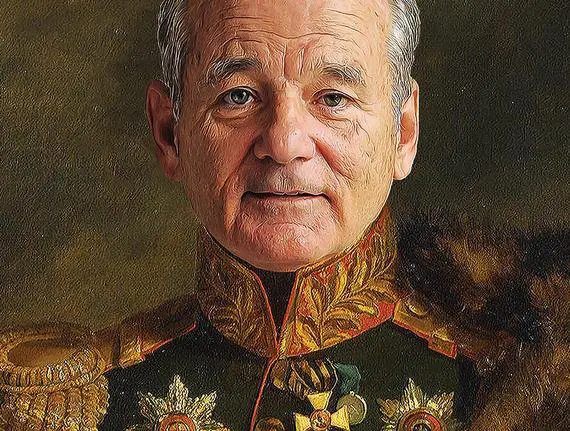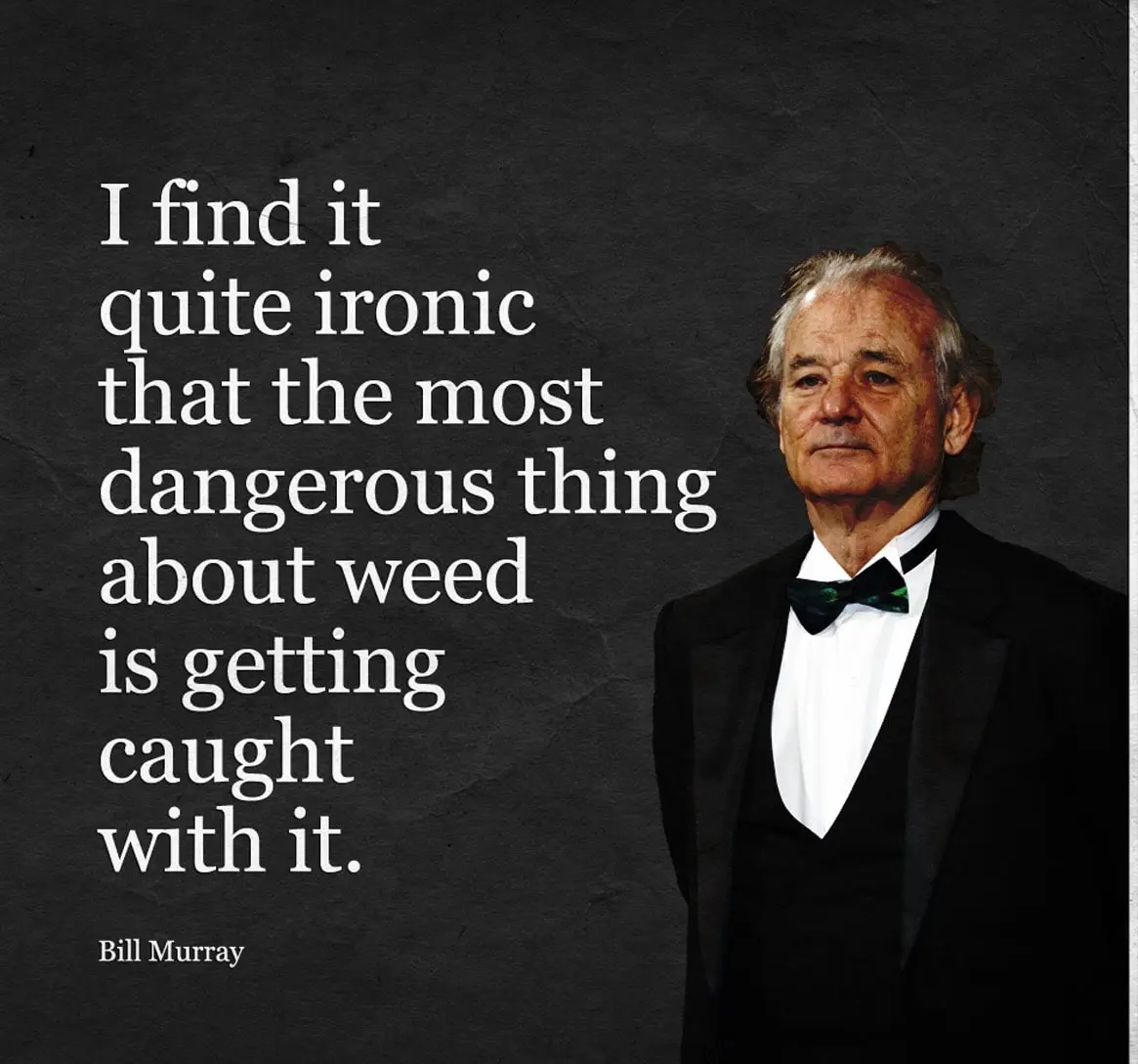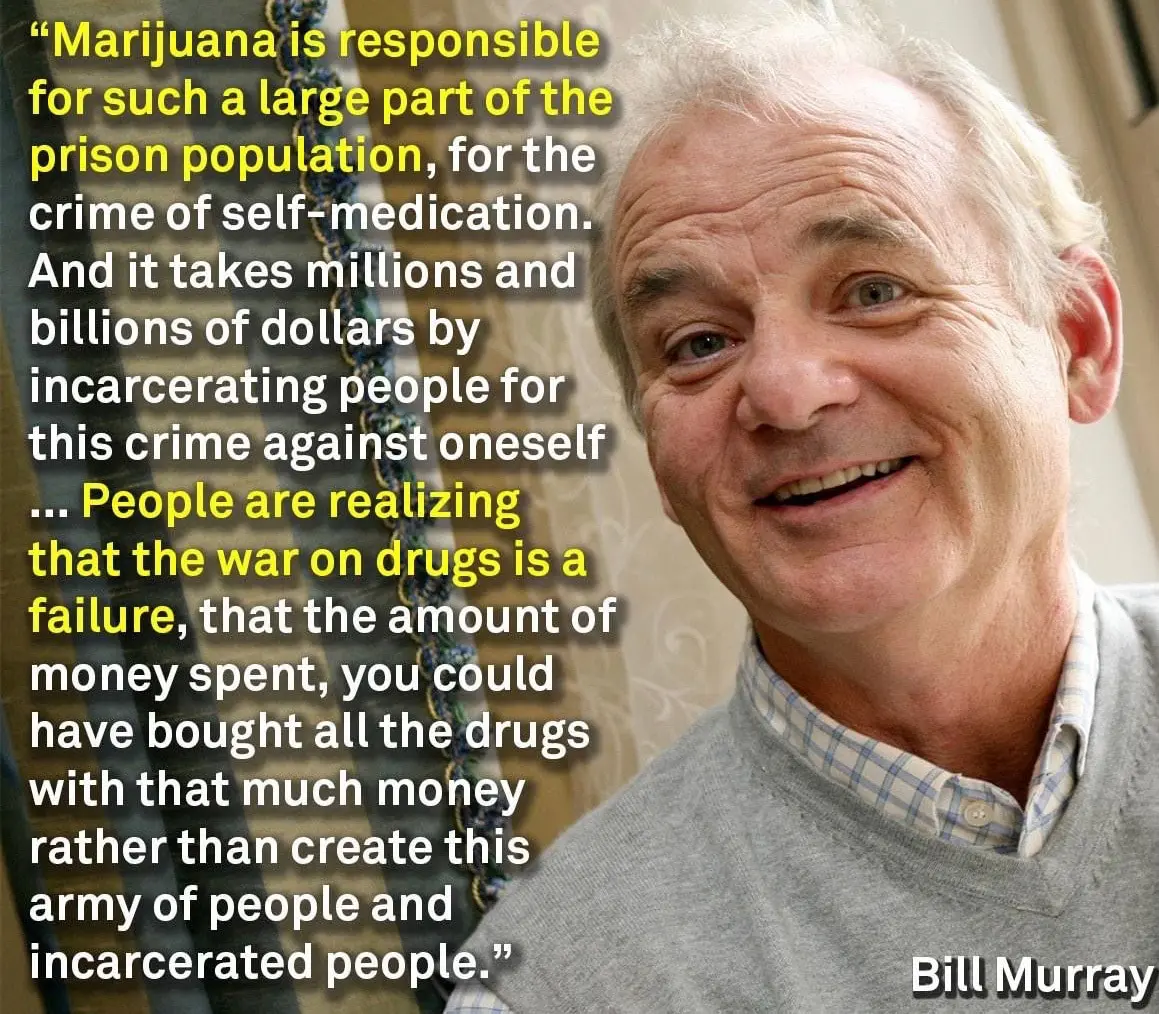Comment Kevin Smith, un geek du New Jersey, est-il devenu une icône du cinéma de genre ? Grâce à pas mal d’herbe, un peu de bluff et une relation quasi-symbiotique avec sa fan base. En passant du statut de réalisateur paumé à celui de Star indé, pour arriver à celui de magnat de la Pop culture (sans jamais lâcher son joint), Kevin Smith a changé le monde, une collaboration à la fois. Un monde plus fun, plus polémique et bien entendu plus Nerd, c’est ce que propose l’irrévérencieux trublion depuis près de 30 ans.
Portrait d’un artiste unique qui a sérieusement bousculé les conventions mainstream d’Hollywood.
Cinéma, endettement et Sundance
Kevin Smith naît dans une ville perdue du New Jersey, en 1970. Il grandit avec une passion du hockey et des comics, qu’il achète toutes les semaines avec son argent de poche.
À l’instar de Wes Anderson qui avait dépensé toute sa bourse étudiante pour tourner son premier film “Bottle Rocket” (ce qui lui valut de se faire virer de son son école de cinéma), Kevin Smith a commencé sa carrière envers et contre tous. Son premier film “Clerks” ne s’est fait que grâce à une lourde dette qu’il a accumulée à travers six cartes de crédits poussées aux limites de leurs découverts.
Comme il l’a déclaré dans l’un de ses trois podcasts hebdomadaires “j’ai atterri à Sundance en 1994 pour vendre mon film en jouant le tout pour le tout”.
Un pari risqué, qui lui a permis de se faire connaître à Hollywood, grâce à un film aux dialogues acérés, tourné en noir et blanc et basé sur sa propre lassitude du monde du travail.
Kevin est le scénariste, le réalisateur et un des acteurs du film. Il joue le muet, en duo avec son meilleur ami, le très volubile Jay.
Jay et Silent Bob sont devenus des références pour tous les stoners, deux dealers exubérants, grossiers et attachants, présents dans 5 films et dans une variété de caméos en dépit d’origines plus qu’accidentelles : “J’ai pris le rôle de Silent Bob uniquement parce que je n’arrivais pas à me souvenir du texte”.
Le film lui a ouvert les portes d’Hollywood et l’aura propulsé sur le devant d’une scène pas toujours bienveillante.
Self care et weed
Si le réalisateur a dépassé ses propres limites, c’est grâce à des rencontres, comme il le narre dans son autobiographie : “[il] a longtemps été une grosse feignasse”.
Quand il fait la connaissance de Jennifer Schwalbach Smith, sa femme depuis 1999, il est au bord de la dépression et du diabète.
Grâce à elle, il va retrouver la santé (devenant vegan au passage), un rythme de travail plus équilibré et une ganja de qualité.
L’origine de son état ? Hollywood, qui l’a sucé jusqu’à la moelle. Après avoir été menacé par Harvey Weinstein, pour qui il a refusé de travailler et avoir été viré de son projet pour un nouveau Superman avec Nicolas Cage, il a senti les limites de la notoriété et s’est recentré sur les projets qui le passionnaient… Dont le lancement d’une marque de cannabis, pour partager les meilleures variétés qu’il a découvertes dans sa quête pour une meilleure fumette.
C’est cette passion pour la weed qui l’a, de nombreuses fois, aidé à garder sa bonhomie légendaire. Dans cet esprit, il a même manifesté avec des fondamentalistes chrétiens contre son propre film, le génial Dogma sorti en 1999. À l’occasion, il a même répondu à des journalistes pour une hilarante interview. Quand on lui reparle de cette anecdote, il répond simplement qu’il était très high à ce moment là, qu’il trouvait ça drôle et qu’après tout, fondamentalistes chrétiens ou pas, il s’agissait de “gens de sa ville” ce qui les rendait attachants à ses yeux.
Restauration et NFT
Cette candeur teintée de générosité est au centre de son travail. Quand il n’est pas en train de militer pour un plus grand respect des femmes dans le monde de la BD, il lance un pop up restaurant basé sur la franchise fictionnelle Mooby, qu’on retrouve dans tous ses films depuis “Clerks 2”, afin de réconforter sa fan base en ces temps de pandémie. Les restaurants sont des sortes de “Hard Rock Cafe pour stoners”, grâce à un grand nombre de clins d’oeils, d’accessoires venus de tournages et même un soda très décontractant au CBD.
Rien d’étonnant, puisque sa propre marque de cannabis est aussi dédiée aux fans, proposant des comics aux effigies de Jay et de Silent Bob pour chaque achat d’un joint pré-roulé.
Il a d’ailleurs monté sa propre boutique de Comics, nommée “Jay and Silent Bob’s Secret Stash” dans le New Jersey.
Son dernier projet ? Vendre son prochain film d’horreur sous le format NFT, afin de rendre le pouvoir volé par les studios aux fans.
L’artiste n’est plus très fan des majors depuis le tournage de Cop Out en 2010, pour lequel il a eu à gérer la mauvaise humeur chronique de Bruce Willis prêt à tout saboter. Un cauchemar sous-payé qu’il souhaite ne jamais reproduire, même si on lui propose le poids de Snoop en Cannabis.

